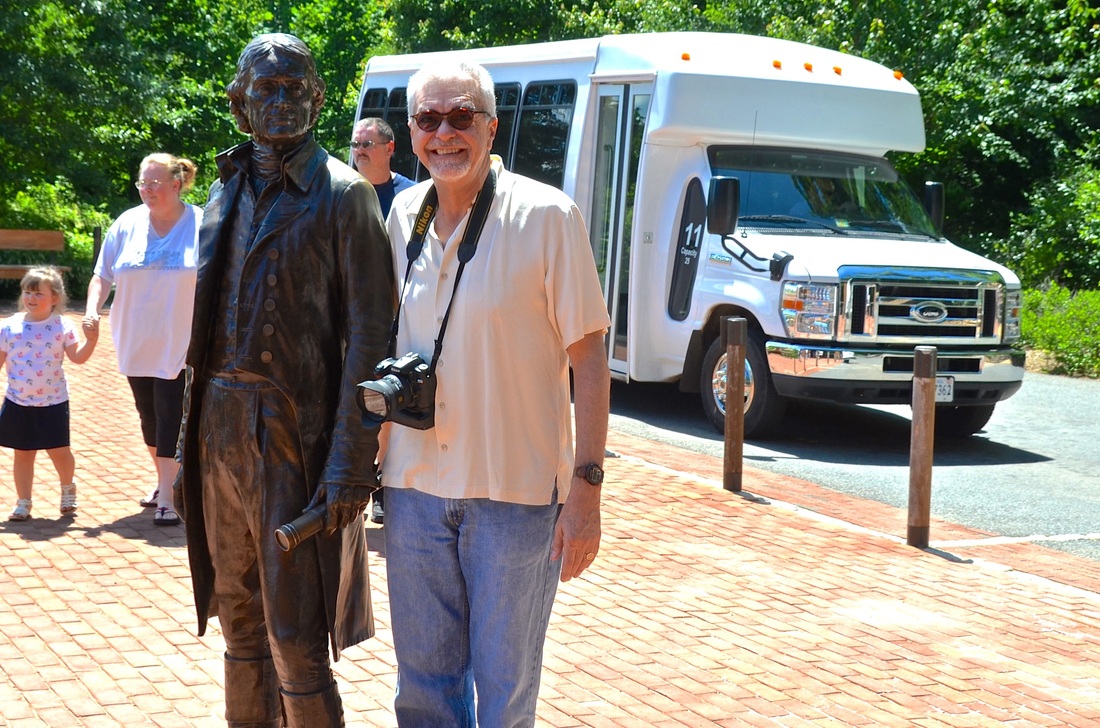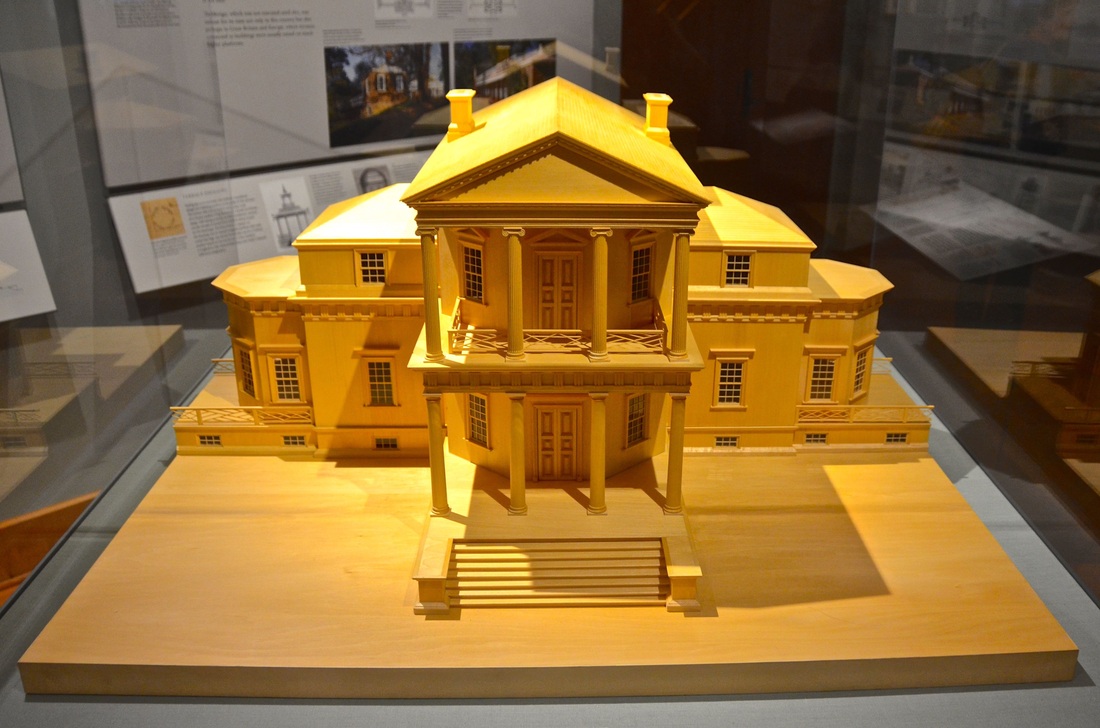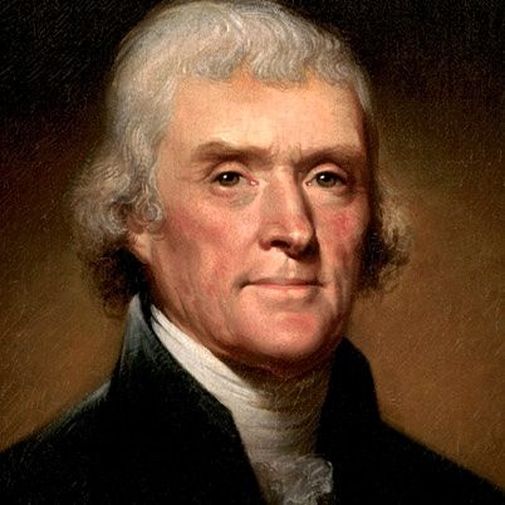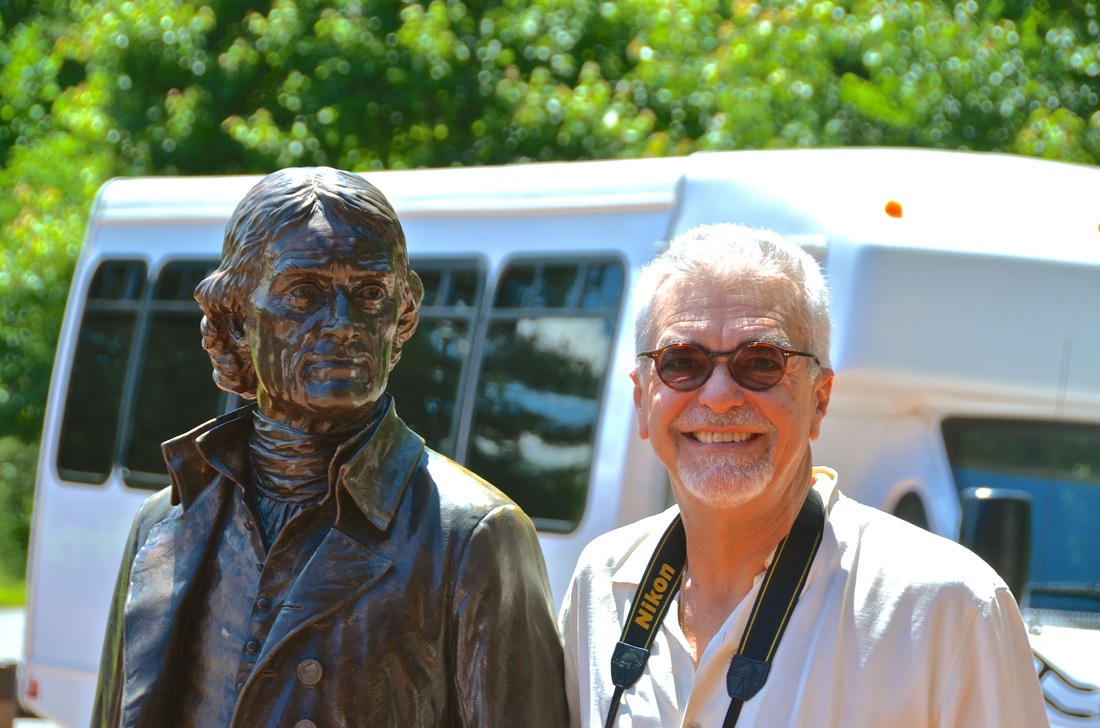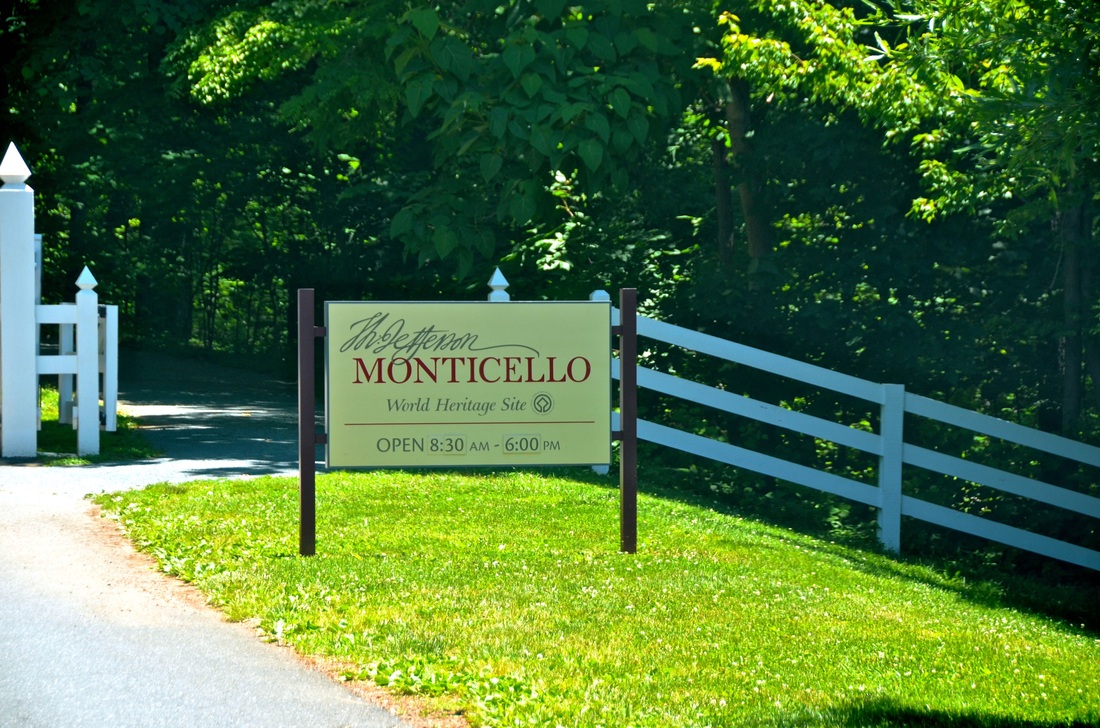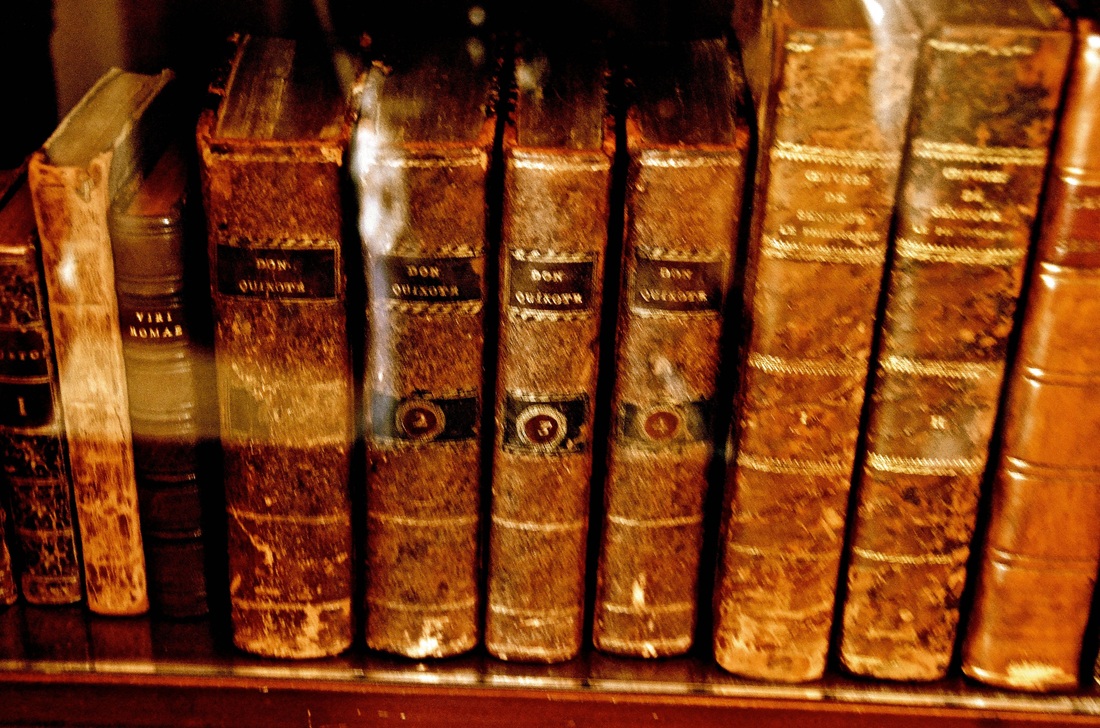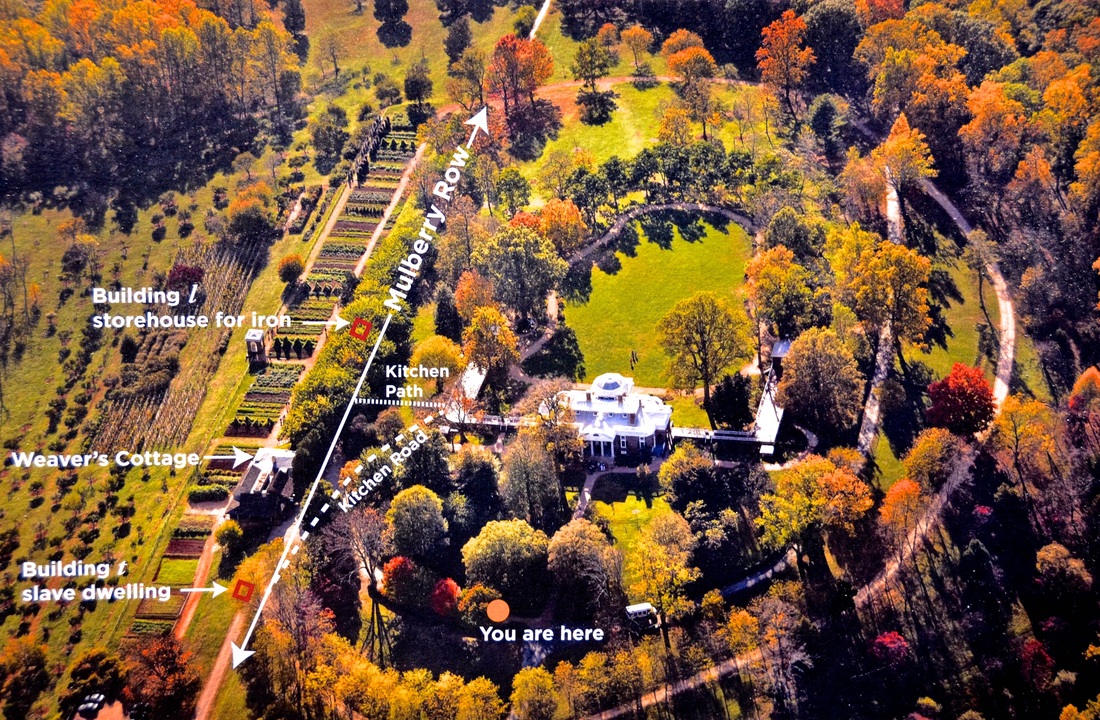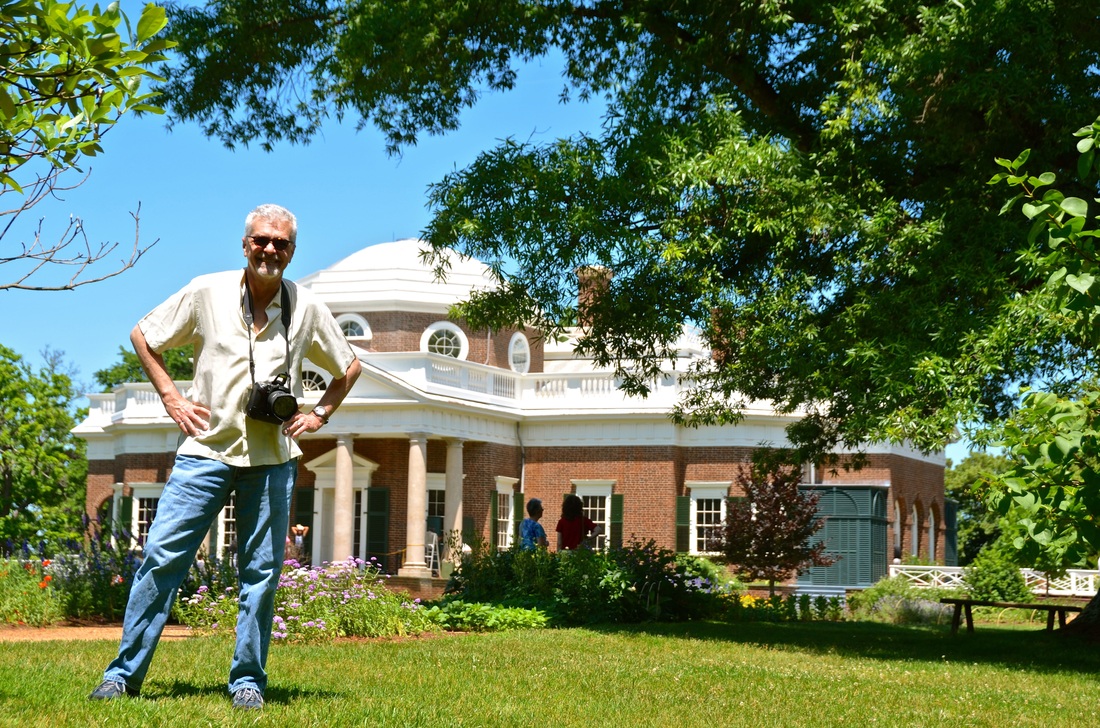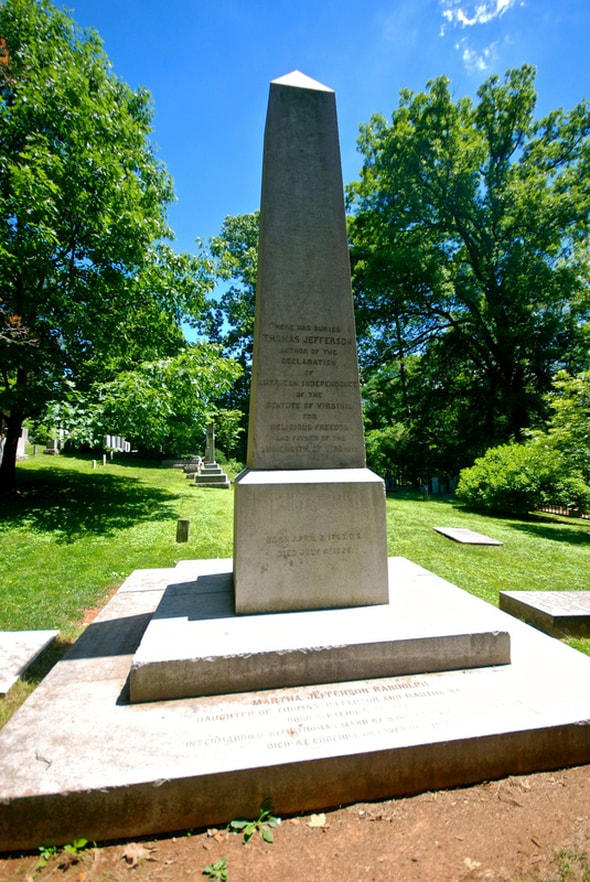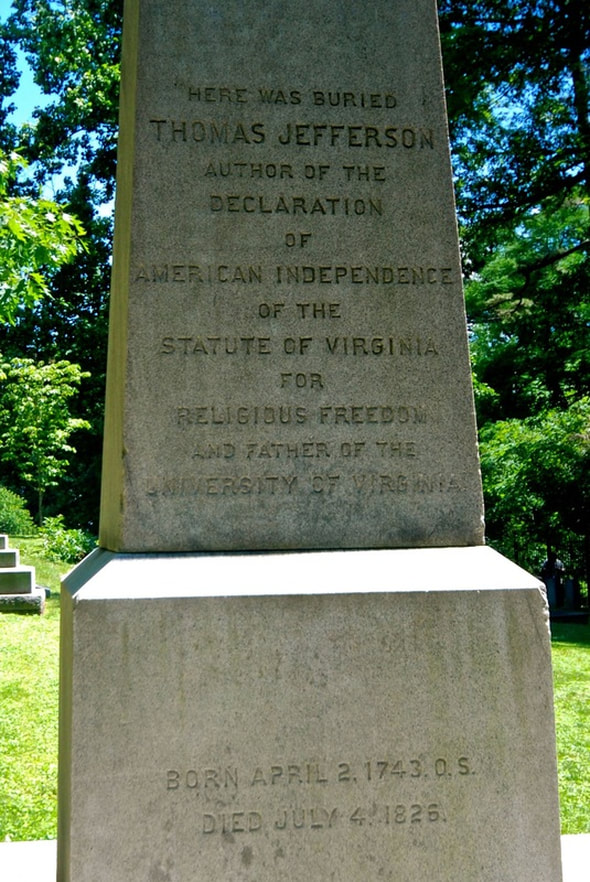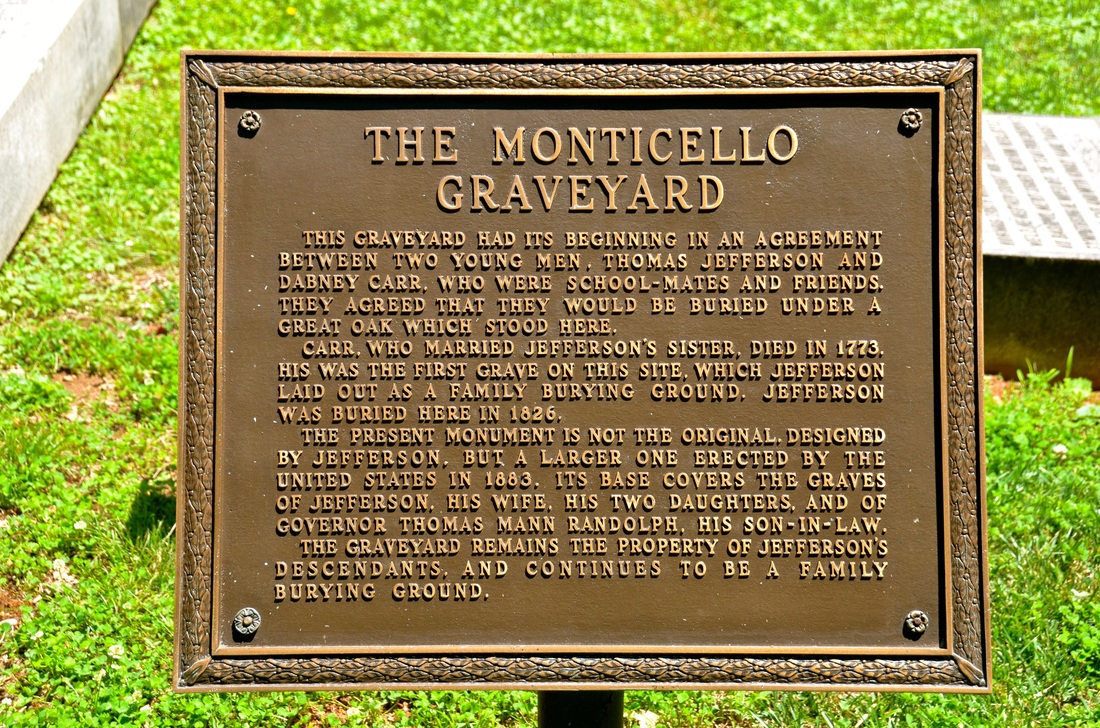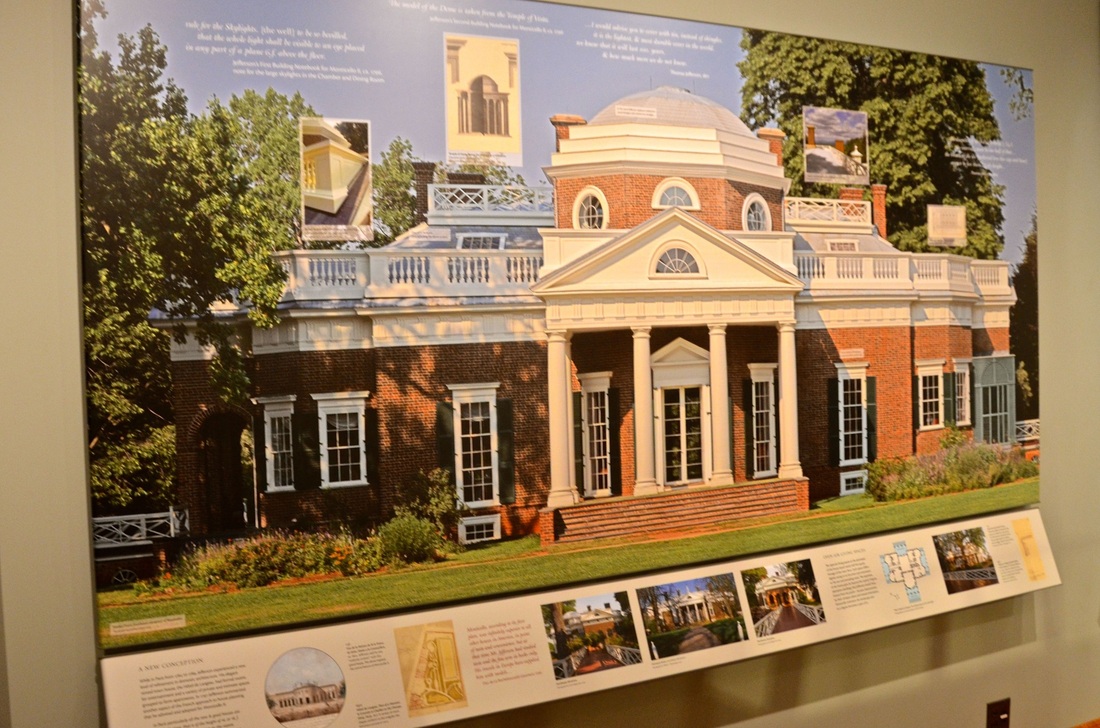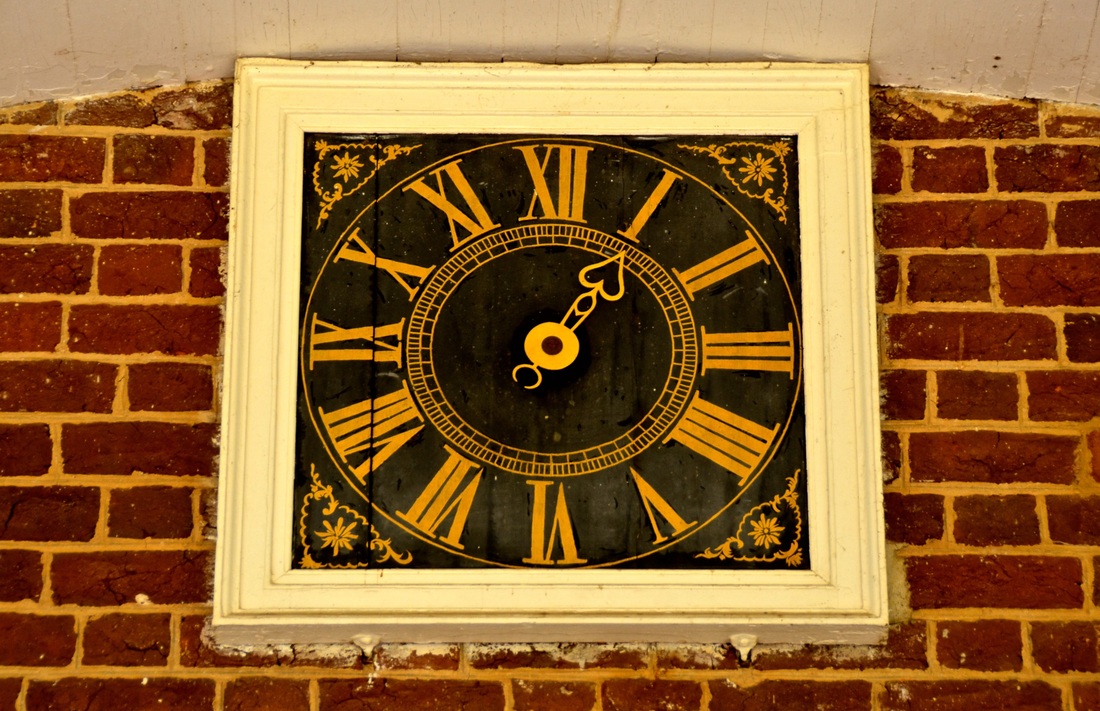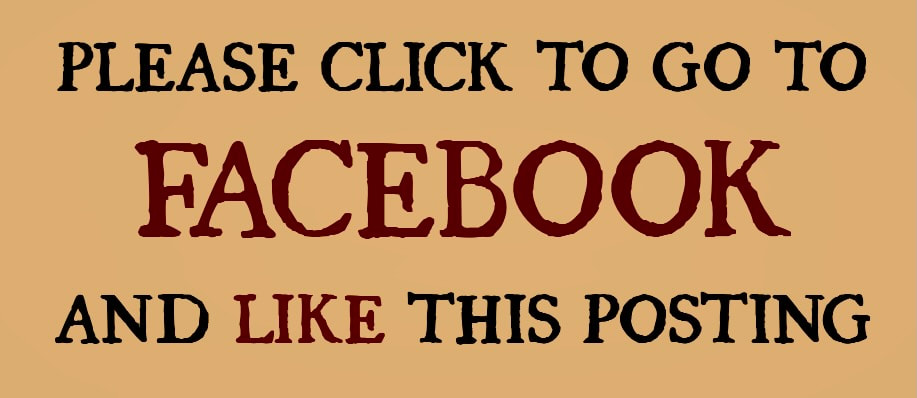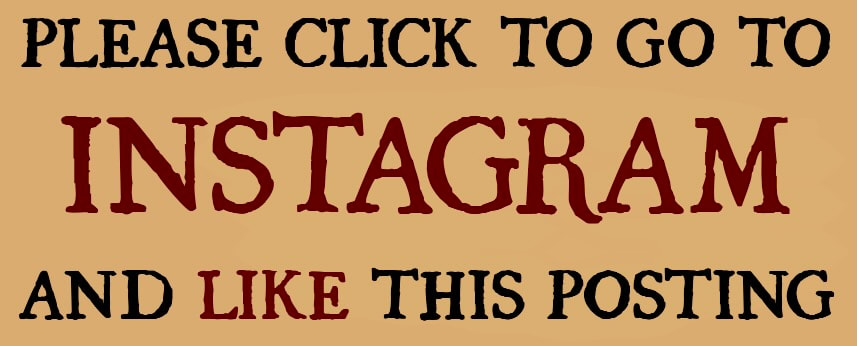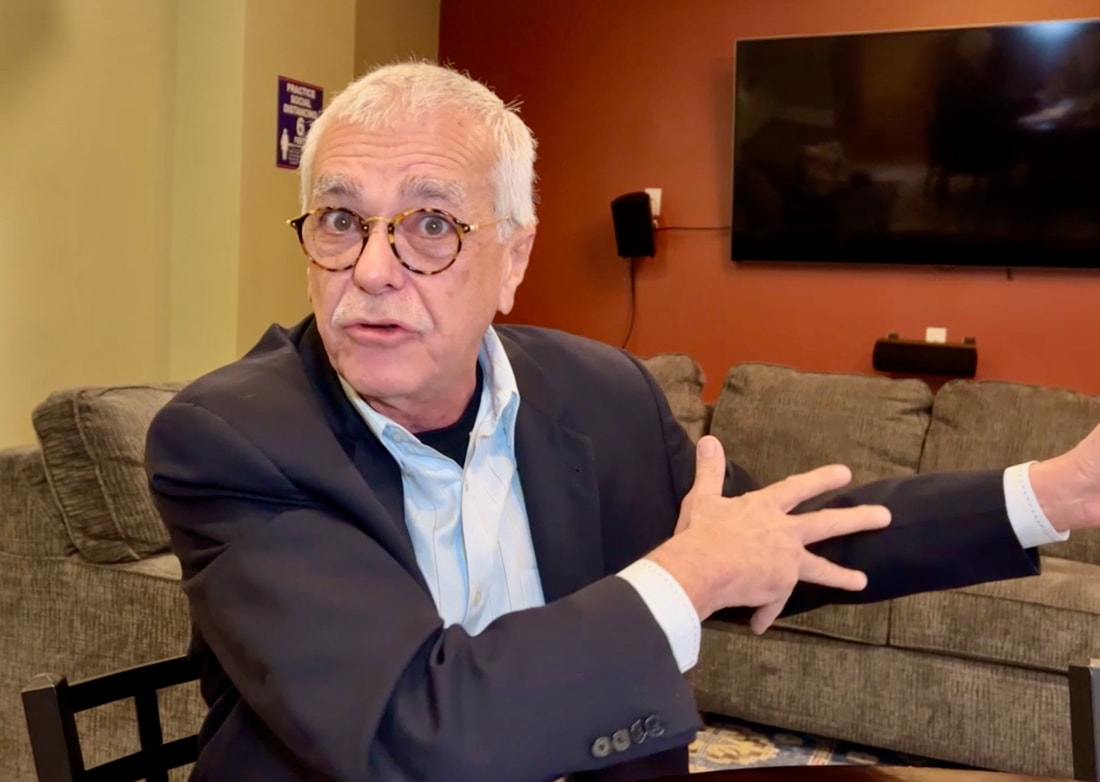76. Jefferson's Spanish Library
|
By Miguel Pérez
Jan. 13, 2015 - He was the star of the Founding Fathers, the intellectual architect of our system of government, the author of our Declaration of Independence, our first secretary of state and our third president. He was well-known for his attraction to France. But if you were to ask Thomas Jefferson, he would tell you how important it is for you to learn Spanish. At least that's what he told his own relatives and friends — persistently! "With respect to modern languages, French, as I have before observed, is indispensable," Jefferson wrote to his future son-in-law Thomas Mann Randolph Jr. as he advised the young man on his education. "Next to this the Spanish is most important to an American. Our connection with Spain is already important and will become daily more so." In that 1787 letter, Jefferson also went further than most of his contemporaries in recognizing the pre-British history of North America. "Besides this," he also wrote to Randolph, "the ancient part of American history is written chiefly in Spanish." He conveyed almost exactly the same sentiments in another 1787 letter, to his nephew Peter Carr: "Bestow great attention on (Spanish), and endeavor to acquire an accurate knowledge of it. Our future connections with Spain and Spanish America will render that language of valuable acquisition. The ancient history of that part of America, too, is written in that language. I am sending you a dictionary." Curiously, aside from language books and lessons, Jefferson encouraged everyone to learn Spanish with a bilingual dictionary and a copy of his favorite Spanish novel, "Don Quixote," by Miguel de Cervantes. In fact, Jefferson claimed that this was how he taught himself to read Spanish in 1784. He also boasted that he did it quite rapidly, by reading a borrowed copy of "Don Quixote" while on a 19-day voyage to France — a claim later questioned by his friend John Quincy Adams. "As to Spanish," Adams wrote in his journal after having dinner with Jefferson in November 1804, "it was so easy that he had learned it, with the help of a Don Quixote lent him by Mr. Cabot, and a grammar, in the course of a passage to Europe, on which he was but nineteen days at sea. But Mr. Jefferson tells large stories." Nevertheless, Jefferson's method of learning Spanish must have been effective enough to make him insist on recommending it, especially to his two daughters who were constantly nagged by their father over their required "Don Quixote" readings. When he was away from his family, as if he were a teacher making sure his students did their homework, he would write his daughters letters asking them how much of the novel they had read. "How many pages a-day do you read in Don Quixot?" he asked in a 1790 letter to his daughter Mary. "How far are you advanced in him?" When Mary reported that she had not been reading "Don Quixote" every day, Jefferson replied: "Your last told me what you were not doing: that you were not reading Don Quixot. ... I hope your next will tell me what you are doing." Mary, who was also known as Polly and preferred to be called Maria, was sent to live with her aunt Elizabeth Wayles Eppes when her mother died in 1782. "She is fond enough of reading and will require no pressing on that head for any thing but her Spanish," Jefferson wrote to Wayles Eppes. "I have insisted on her reading ten pages a day in her Spanish Don Quixot, and getting a lesson in her Spanish grammar." Knowing that Jefferson sold almost his entire book collection to the federal government — and thus resupplied the Library of Congress after it had been burned by the British in 1814 — the Great Hispanic American History Tour made a stop in Charlottesville, Virginia, based only on the remote chance that "Don Quixote" was one of the books Jefferson had kept in his personal library. At Monticello, the remarkable mountaintop plantation home that was designed by Jefferson and that now is his burial site and a museum designated a National Historic Landmark and a UNESCO World Heritage Site, you learn to appreciate the genius of our third president. His architectural designs and other innovations demonstrate that he was a man ahead of his time. My friends and I went on the guided tour, and although everything was fascinating, I couldn't wait to get to the library. "Where is 'Don Quixote'?" I wanted to shout. And then suddenly, voila! There we were, in Jefferson's library, where the tour guide quickly explained that the shelves are filled mostly with books from Jefferson's time that have been acquired for decorative purposes; most of them aren't from Jefferson's collection — except, he said, for a few books in a small glass-covered bookshelf in a corner. And before my eyes had time to scan those book titles, the guide explained that among the prominent books still left in Jefferson's library at the time of his death was his personal copy of "Don Quixote," "which is the book Jefferson used to teach himself French." I couldn't believe my ears. We were in shock. We had found a Spanish treasure in Jefferson's bookshelf, and our Hispanic heritage was being hidden right before our eyes! My friends and I stared at one another, wondering which one would burst out with laughter or say something harsh. But remarkably, we restrained ourselves until the tour was over. There were a dozen other people in the room, and we didn't want to challenge him and embarrass him. Besides, they don't like people taking pictures inside the Monticello house, and I had to find a way to take at least one photo of Jefferson's four-volume edition of "Don Quixote" — which I did. It was the least I could do after discovering such a precious treasure. But then it was my job to seek clarification. "'Don Quixote,' by Miguel de Cervantes, is a Spanish classic, sir," I told him. "And yet you say Jefferson used it to learn French?" Apologetic and becoming progressively nervous, the guide explained that he had meant to say Spanish instead of French and that the books we had seen in a glass-covered bookshelf were indeed in Spanish. He left us abruptly, excusing himself to go lead another tour, but he also left us wondering how many tours had been misguided and how often our Hispanic heritage had been hidden this way. At a time when English-only proponents are apparently threatened by other languages, it's good to remember that Jefferson and other Founding Fathers actually prided themselves on their command of several languages and urged educated citizens to study them and become multilingual. In fact, Jefferson, who spoke several languages and was a strong proponent multilingual education, envisioned a North America that should be at least bilingual. "Apply yourself to the study of the Spanish language with all the assiduity you can," he wrote in a letter to Carr in 1788. "It and the English covering nearly the whole face of America, they should be well known to every inhabitant, who means to look beyond the limits of his farm." And in yet another letter (1785) to Carr, he had advice that should be heeded by today's politicians: "When you become a public man, you may have occasion for (Spanish), and the circumstance of your possessing that language, may give you preference over other candidates." In his writings, Jefferson made references to Quixotic enterprises and becoming a Don Quixote "to bring all men by force of argument, to one opinion." But it is easy to see why Jefferson was so attracted to the story of Don Quixote and Don Quixote's squire, Sancho Panza, especially when they discussed the importance of freedom and independence. I can just imagine the spirited sparkle on Jefferson's face when — with the help of a dictionary — he first translated these words of Don Quixote's: "Freedom, Sancho, is one of the most precious boons that the heavens bestow upon man. All the treasures hidden in land or sea cannot equal it." In Thomas Jefferson, very early in the life of the new American nation, we had a leader who appreciated multilingualism and multiculturalism, who understood the importance of learning Spanish, who recognized that America was Spanish before it was British and who was obviously influenced by great Spanish literature. The Great Hispanic American History Tour made the right decision when we decided to stop at his house. With much ground still left to cover, our history tour will continue for the next few months — although at a slower pace. For the next few months, while this tour guide returns to his teaching career, the journey will make monthly stops instead of weekly stops. My weekly column with Creators Syndicate will now become a monthly feature, continuing to tour the country in search of our hidden Hispanic heritage. Return trips to Florida, New Mexico and California — as well as a book on the entire journey — will be realized. But in the next few months, I will be posting many more of the tour's photos and videos at http://www.hiddenhispanicheritage.com, where my readers and I will continue building a timeline and these history columns will also be published in Spanish. Next month, the Great Hispanic American History Tour goes to Washington, D.C., where there is enough hidden Hispanic heritage for several columns. Stay tuned! COPYRIGHT 2015 CREATORS.COM UPDATE: I returned to Monticello the summer of 2022. I needed to see if they were still misrepresenting the language of Don Quijote! Check out Stop 39 in On the Road Again.
|
|
Please share this article with your friends on social media:

